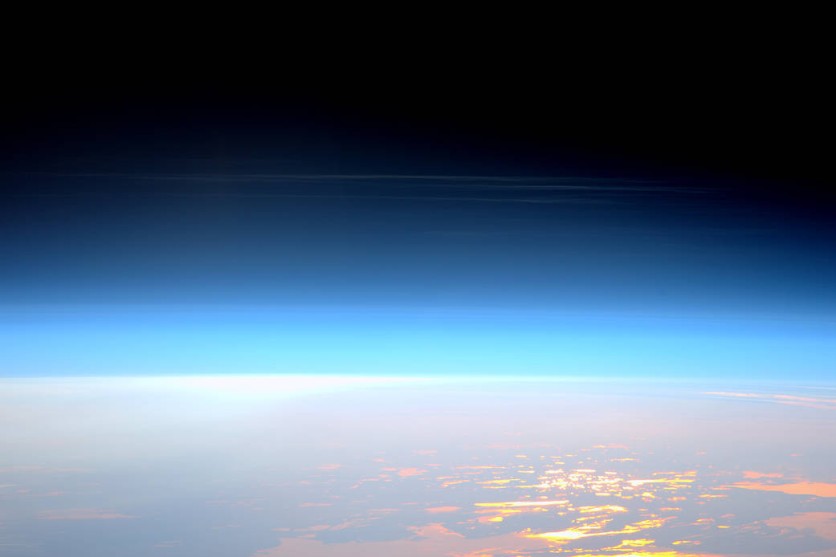The Northern skies have suddenly shimmered in electric blue.

It's that time of the year again for skywatchers in Canada to revel in the magnificent skyscapes of the polar mesospheric clouds. However, they are more popularly known as noctilucent clouds (NLC).
According to a story by CBC News, these majestic clouds can be seen in the northern sky every year from about the first of June to the end of August.
In contrast to more popular clouds, these are special as they appear brilliant, iridescent, and shining whenever darkness falls in the skies, or the sun disappears from view.
What are Noctilucent Clouds?
Noctilucent clouds also shimmer when the stars start to appear and can be viewed before the sunlight slips at dawn.
According to MET Office, noctilucent clouds are incredibly rare to be visible since they are very high in the sky.
These iridescent clouds usually appear on summer nights, and they glow in blue or silver, usually at the same time as the brightest stars of the night sky.
MET further noted that these clouds are only observed in latitudes between 45°N and 80°N in the Northern Hemisphere and equivalent latitudes in the Southern Hemisphere.
They are strikingly higher than any other clouds, inhabiting the layer of atmosphere known as the Mesosphere. Due to the lack of land and population in the southern hemisphere, they are less frequently observed there.
The Antarctic and the southernmost points of Chile and Argentina are the only places with the proper latitude.
What Are Noctilucent Clouds Made Of?
MET said that the Mesosphere could readily reach low temperatures, although it is deficient in water vapor and dust. Although volcanic ash or man-made pollutants may also contribute to dust, it's possible that the dust originated from tiny meteorites from space.
According to CBC, these clouds were first spotted in 1885, two years when the Krakatoa volcano erupted. Although it was initially thought that they would vanish owing to the eruption, they have subsequently been sighted.
Where to Spot Them?
Northern Canada is a great place to observe NLCs because, in the past, they were usually seen at high northern latitudes. But in the past few years, they have been seen much further south in the United States, in places like Utah and Nebraska.
CBC noted that some people think climate change's effects are also responsible for their growth and appearance at undiscovered latitudes.
For instance, they were spotted as far south as Joshua Tree, California, in 2019. CBC said that increased greenhouse gases in the atmosphere generate more water vapor, making it possible for these clouds to appear in the skies.
How to Take a Photo of NLC?
According to BBC's Sky at Night Magazine, taking photos of clouds such as NLC can be easily taken using our smartphones since they have advanced so much throughout the years.
Here are easy steps you can follow to capture that stunning NLC image!
1. Turn On Your Night Camera Mode
Most phones have a "night camera mode" to help capture images in the dark with better quality. However, if your phone doesn't have this mode, you can opt for a "Pro" or "Manual" mode or download a third-party application. Bear in mind that it is essential to adjust the ISO and exposure length of your phone that would perfectly capture the crystallized clouds.
2. Focus On the Bright Part
Locate the brightest area and try to capture it first if an NLC emerges in the sky. Adjust the camera's settings to get a shot that exhibits detail but isn't overly noisy. According to BBC, lowering the ISO while raising the exposure is recommended.
3. Mix it Up!
Once you find an NLC, consider how to make the shot more appealing. If there's a lake or any body of water nearby, try taking reflection pictures of the sky. The skies are your limit! Just follow these simple camera settings to capture these gorgeous clouds better!
Related Article : NASA Hubble Space Telescope Snaps 5,000 Ancient Galaxies Glowing Like Candles in Space
This article is owned by Tech Times
Written by Joaquin Victor Tacla




